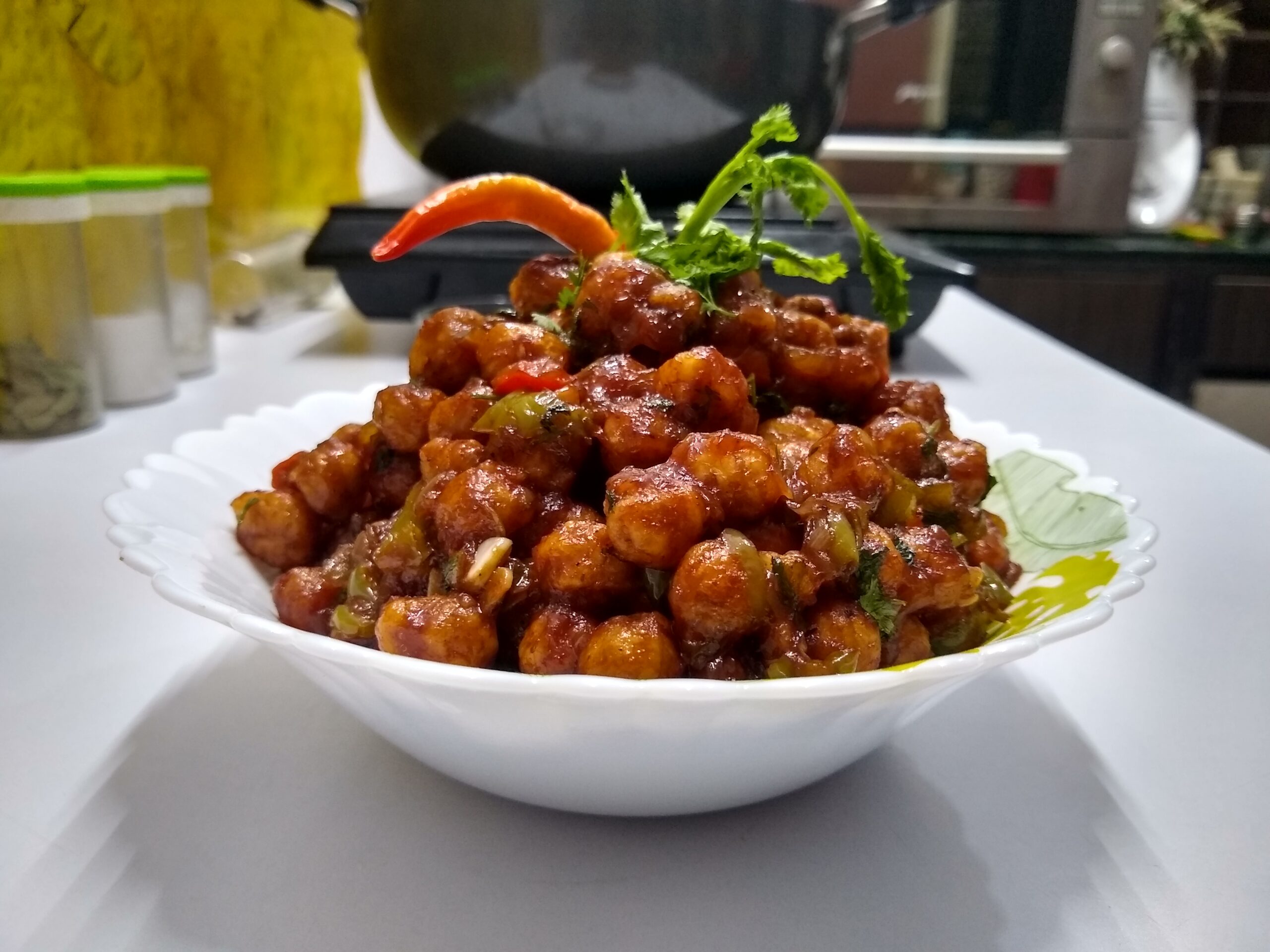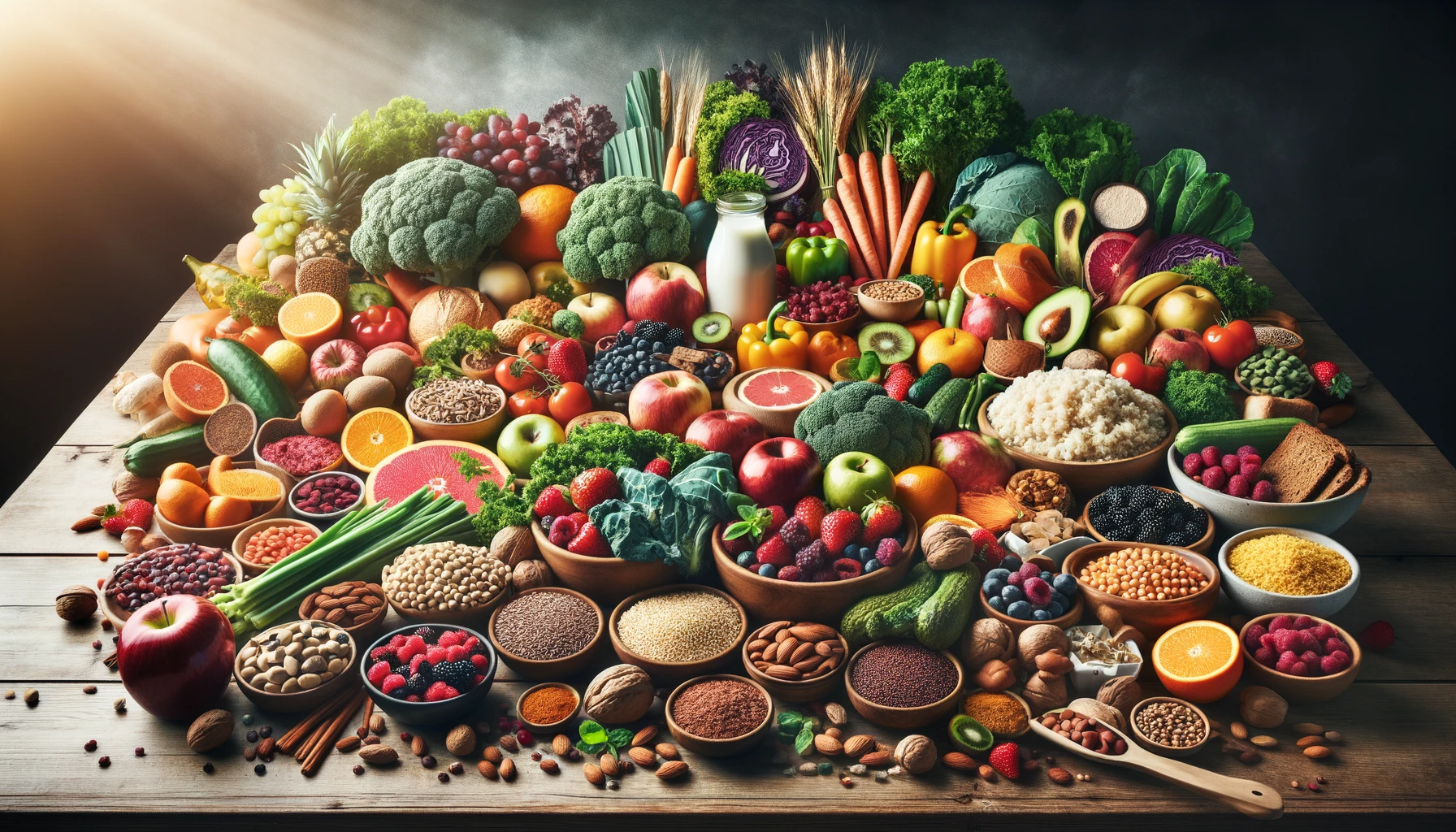Contents
- 1 Tuna Substitutes Summary and Introduction for Military Diet
- 2 Introduction
- 3 Understanding the Importance of Tuna in the Military Diet
- 4 Cooking with Tuna Substitutes
- 5 Elevating Chickpeas as a Healthier Tuna Alternative in the Military Diet
- 6 Crafting Healthy and Flavorful Salmon Alternatives in the Military Diet
Tuna Substitutes Summary and Introduction for Military Diet
Salmon: A Flavorful Omega-3 Powerhouse
Salmon, a close relative of tuna, is an excellent substitute. It boasts a rich flavor and is packed with omega-3 fatty acids, promoting heart health. Grilling or baking salmon fillets with a dash of lemon and herbs can elevate the dining experience, offering a tasty alternative to traditional tuna recipes.
Chicken: A Versatile and Protein-Rich Option
For those seeking a poultry alternative, chicken is a versatile choice. Grilled or baked chicken breast provides a lean source of protein, and you can experiment with various marinades and seasonings to keep things interesting. Consider pairing it with fresh vegetables or incorporating it into a salad for a satisfying meal.
Chickpeas: A Plant-Based Protein Alternative
For vegetarians or those looking to reduce their meat intake, chickpeas offer a fantastic plant-based protein substitute. Roasting chickpeas with spices or mashing them to create a flavorful chickpea salad are just a couple of ways to enjoy this versatile ingredient. Chickpeas also bring a satisfying crunch when added to wraps or sandwiches.
Introduction
The military diet has become synonymous with rapid and effective weight loss, relying on a strategic combination of foods to achieve its goals. Among these foods, tuna stands out as a lean protein powerhouse, providing essential nutrients while keeping calorie counts in check. However, maintaining a balanced diet is not just about adhering to a strict regimen; it’s also about adding variety and flavor to your meals. In this culinary exploration, we will delve into the world of tuna substitutes for the military diet, offering alternatives that not only bring diversity to your plate but also keep your taste buds intrigued.
Understanding the Importance of Tuna in the Military Diet
it’s crucial to understand why tuna is a favorite in the military diet. Tuna is a rich source of lean protein, omega-3 fatty acids, and various essential nutrients. Its low-calorie profile makes it an ideal choice for those looking to shed pounds without compromising nutritional intake.
However, relying solely on tuna can lead to flavor fatigue and potential boredom. Let’s explore some exciting substitutes to add a burst of variety to your military diet.
Cooking with Tuna Substitutes
Now that we’ve explored some tuna substitutes, let’s delve into creative cooking methods to enhance the flavors and make your meals more enjoyable.
- Grilled Delights: Whether you’re working with salmon, chicken, or chickpeas, grilling adds a smoky flavor that can transform your meal. Experiment with different marinades, such as lemon herb or spicy barbecue, to elevate the taste.
- Flavorful Marinades: Marinating your chosen substitute can infuse it with exciting flavors. For salmon, try a honey-mustard glaze, while a garlic and herb marinade can enhance the taste of grilled chicken. For chickpeas, experiment with a Mediterranean-inspired olive oil and lemon marinade.
- Fusion Cuisine: Combine flavors from different cuisines to create unique and exciting dishes. Mix and match ingredients, spices, and cooking techniques to add variety to your military diet meals.
Elevating Chickpeas as a Healthier Tuna Alternative in the Military Diet
- Chickpeas are a versatile and nutritious substitute for tuna in the military diet.
- Proper preparation and cooking techniques enhance the flavor and texture of chickpeas.
- Creative recipes and seasonings can transform chickpeas into delicious, satisfying meals.
Embarking on a journey toward a healthier lifestyle often involves embracing alternatives to traditional dietary choices. In the realm of the military diet, where tuna plays a prominent role, introducing variety becomes paramount. Enter chickpeas – a nutrient-rich, plant-based substitute that not only complements the military diet but also offers a canvas for culinary creativity. In this exploration, we will unravel the secrets to cooking and enjoying chickpeas as a tuna alternative in a healthier way, ensuring a delightful and nutritious culinary experience.
Unleashing the Potential of Chickpeas
Before delving into the culinary adventures with chickpeas, it’s essential to understand the nutritional prowess they bring to the table. Chickpeas, also known as garbanzo beans, are a rich source of plant-based protein, fiber, vitamins, and minerals. These legumes not only aid in weight management but also contribute to heart health and improved digestion.
Nutritional Highlights of Chickpeas: A Closer Look
- Protein Powerhouse: Chickpeas boast a significant protein content, making them an ideal substitute for tuna’s protein in the military diet. This is particularly beneficial for individuals seeking plant-based alternatives or those looking to diversify their protein sources.
- Fiber-Rich Goodness: High in dietary fiber, chickpeas promote satiety and support digestive health. This can be advantageous for individuals aiming to control their appetite and maintain stable energy levels throughout the day.
- Vitamins and Minerals: Chickpeas are packed with essential nutrients, including folate, iron, phosphorus, and manganese. Incorporating chickpeas into your diet can contribute to overall well-being and address potential nutrient deficiencies.
Now that we’ve highlighted the nutritional prowess of chickpeas, let’s move on to the exciting part – unlocking their culinary potential.
Cooking Chickpeas: The Basics
Cooking chickpeas from scratch allows you to control the ingredients and avoid the preservatives often found in canned varieties. Here’s a step-by-step guide to preparing chickpeas for your military diet adventures:
Soaking: The Initial Step
- Rinse and sort dried chickpeas to remove any debris.
- Soak chickpeas in water for at least 8 hours or overnight.
- Add a pinch of baking soda to the soaking water to help soften the chickpeas.
Cooking: Bringing Them to Life
- Drain and rinse the soaked chickpeas.
- Transfer them to a pot and cover with fresh water.
- Add a bay leaf or a piece of kombu seaweed to enhance flavor and aid digestion.
- Bring to a boil, then reduce heat and simmer for 1 to 1.5 hours or until chickpeas are tender.
- Add salt in the last 15 minutes of cooking to season the chickpeas.
Storage: Preparing for Future Culinary Adventures
- Once cooked, drain and cool chickpeas before storing.
- Store in an airtight container in the refrigerator for up to a week or freeze for longer shelf life.
Now that you have a batch of perfectly cooked chickpeas, let’s explore creative and healthier ways to incorporate them into your military diet.
Creative Chickpea Recipes for the Military Diet
Chickpea Salad with Fresh Herbs and Lemon Dressing
- Ingredients:
- Cooked chickpeas
- Chopped fresh parsley, mint, and cilantro
- Diced tomatoes and cucumbers
- Red onion, finely chopped
- Feta cheese (optional)
- Dressing:
- Olive oil
- Lemon juice
- Garlic, minced
- Salt and pepper to taste
Combine the salad ingredients, whisk together the dressing, and toss for a refreshing and protein-packed meal.
- Ingredients:
Spicy Roasted Chickpeas
- Ingredients:
- Cooked chickpeas
- Olive oil
- Paprika, cumin, cayenne pepper, and salt
Toss chickpeas in a mixture of olive oil and spices, then roast in the oven until crispy. A perfect crunchy snack or salad topper.
3. Chickpea and Vegetable Stir-Fry
- Ingredients:
- Cooked chickpeas
- Mixed vegetables (bell peppers, broccoli, snap peas)
- Soy sauce, ginger, and garlic for flavor
Stir-fry chickpeas and vegetables in a wok with your favorite stir-fry sauce for a quick and nutritious meal.
Crafting Healthy and Flavorful Salmon Alternatives in the Military Diet
- Salmon, a powerhouse of nutrients, can be a delectable substitute for tuna in the military diet.
- Thoughtful preparation and cooking techniques can enhance the taste and health benefits of salmon.
- Diverse recipes and seasonings can transform salmon into satisfying meals, adding variety to the military diet.
In the dynamic world of dietary choices, the military diet has gained traction for its strategic approach to weight loss. Tuna, a common staple in this regimen, provides lean protein but can sometimes leave taste buds longing for variety. Enter salmon, a versatile and nutrient-packed alternative that not only caters to nutritional needs but also elevates the dining experience. This blog post is your guide to cooking and enjoying salmon in a healthier way, enriching your military diet with flavor and vitality.
Unlocking the Nutritional Marvels of Salmon
Before we embark on the culinary journey with salmon, let’s unravel the nutritional treasures that make it a worthy substitute for tuna.
Omega-3 Fatty Acids: The Heart’s Best Friend
- Salmon is a rich source of omega-3 fatty acids, particularly EPA and DHA. These essential fats contribute to heart health, supporting cardiovascular function, reducing inflammation, and lowering blood pressure.
Protein Abundance: Fueling Muscle Health
- With approximately 25 grams of protein per 3.5-ounce serving, salmon stands as a powerhouse for muscle repair and growth. For those looking to maintain or build lean muscle mass, salmon is an excellent choice.
Vitamin D Boost: Nourishing Bone Health
- Salmon is one of the few natural sources of vitamin D, crucial for calcium absorption and maintaining strong bones. Including salmon in your diet can contribute to overall bone health.
Understanding the Basics of Cooking Salmon
Choosing the Right Salmon: Wild vs. Farmed
- Wild-caught salmon is often favored for its higher omega-3 content and fewer contaminants. However, sustainably farmed salmon can also be a nutritious option, striking a balance between health benefits and environmental considerations.
Preparing Salmon Fillets: An Artful Touch
- To achieve a crispy skin, pat the salmon fillets dry with paper towels before seasoning.
- Keep the seasoning simple with a light touch of salt and pepper, allowing the natural flavors of the salmon to shine.
- Consider marinating the fillets in a citrus-based mixture or a light herb-infused olive oil to enhance the flavor.
Cooking Methods: From Grilling to Baking
- Grilling imparts a smoky flavor and creates a delightful char on the skin. Preheat the grill and cook salmon fillets over medium-high heat for optimal results.
- Baking is a versatile method that allows for easy seasoning. Preheat the oven, place seasoned salmon fillets on a baking sheet, and cook until the fish flakes easily with a fork.
Creative Seasonings: Elevating the Flavor Profile
- Citrus Zest: Sprinkle citrus zest, such as lemon or orange, on salmon before cooking to enhance freshness.
- Dill and Mustard: A dill and mustard glaze can add a zesty kick, complementing the richness of the salmon.
Delightful Salmon Recipes for the Military Diet
Lemon-Dill Grilled Salmon
- Ingredients:
- Salmon fillets
- Fresh lemon zest
- Chopped fresh dill
- Olive oil
- Salt and pepper
- Instructions:
- Combine lemon zest, chopped dill, olive oil, salt, and pepper to create a marinade.
- Coat salmon fillets with the marinade and grill until cooked through. The citrusy freshness and herbaceous notes make this a delightful dish.
- Ingredients:
Honey-Mustard Baked Salmon
- Ingredients:
- Salmon fillets
- Dijon mustard
- Honey
- Garlic, minced
- Soy sauce
- Instructions:
- Whisk together Dijon mustard, honey, minced garlic, and soy sauce to create a flavorful glaze.
- Brush the glaze onto salmon fillets and bake until the salmon is flaky. The sweet and savory combination adds a burst of flavor.
- Ingredients:
Cedar Plank Salmon with Maple Glaze
- Ingredients:
- Salmon fillets
- Maple syrup
- Dijon mustard
- Soy sauce
- Cedar planks for grilling
- Instructions:
- Soak cedar planks in water to prevent burning during grilling.
- Mix maple syrup, Dijon mustard, and soy sauce for a sweet and tangy glaze.
- Place salmon fillets on cedar planks, brush with the glaze, and grill for a unique smoky flavor.
- Ingredients:
- Ingredients:


